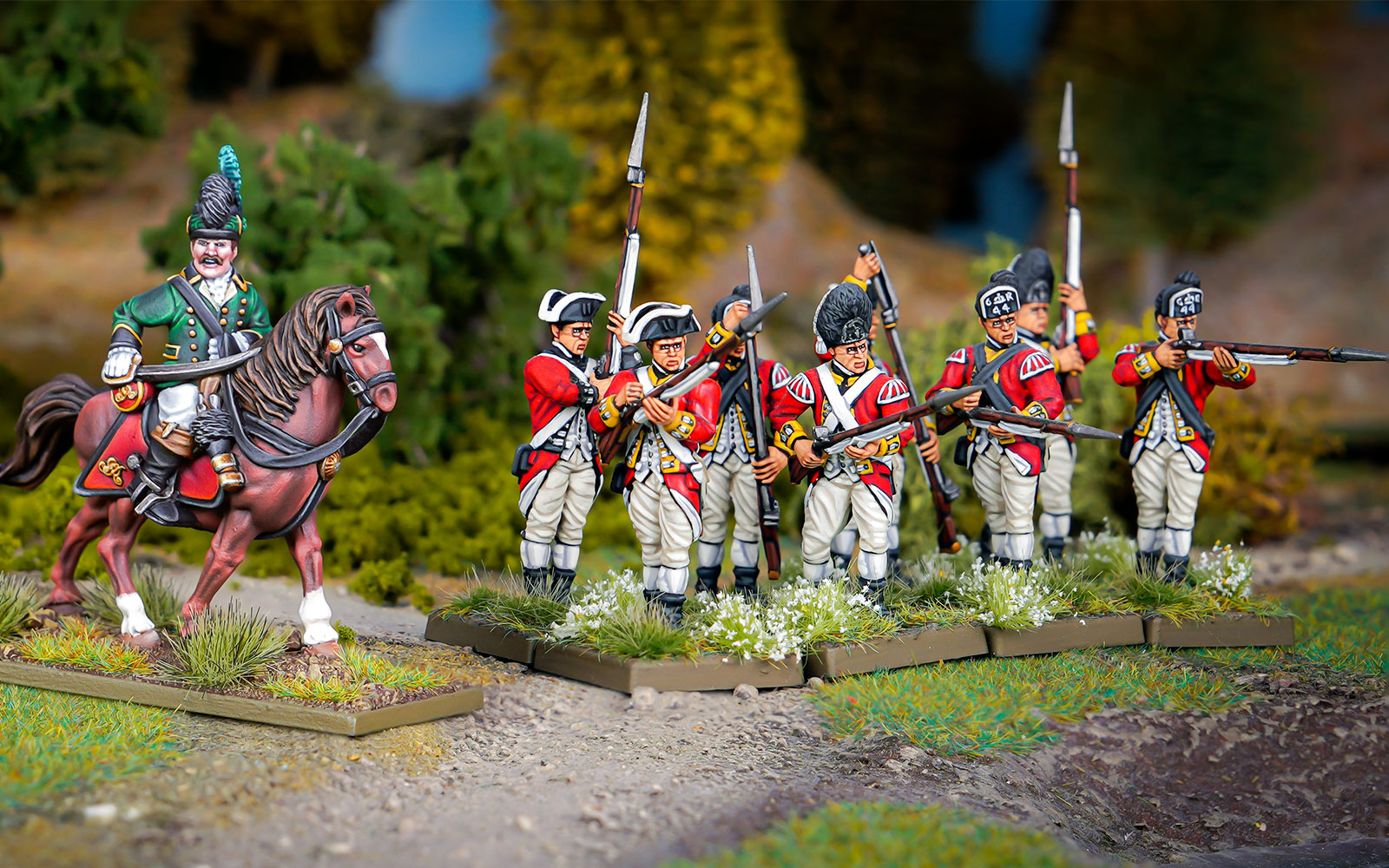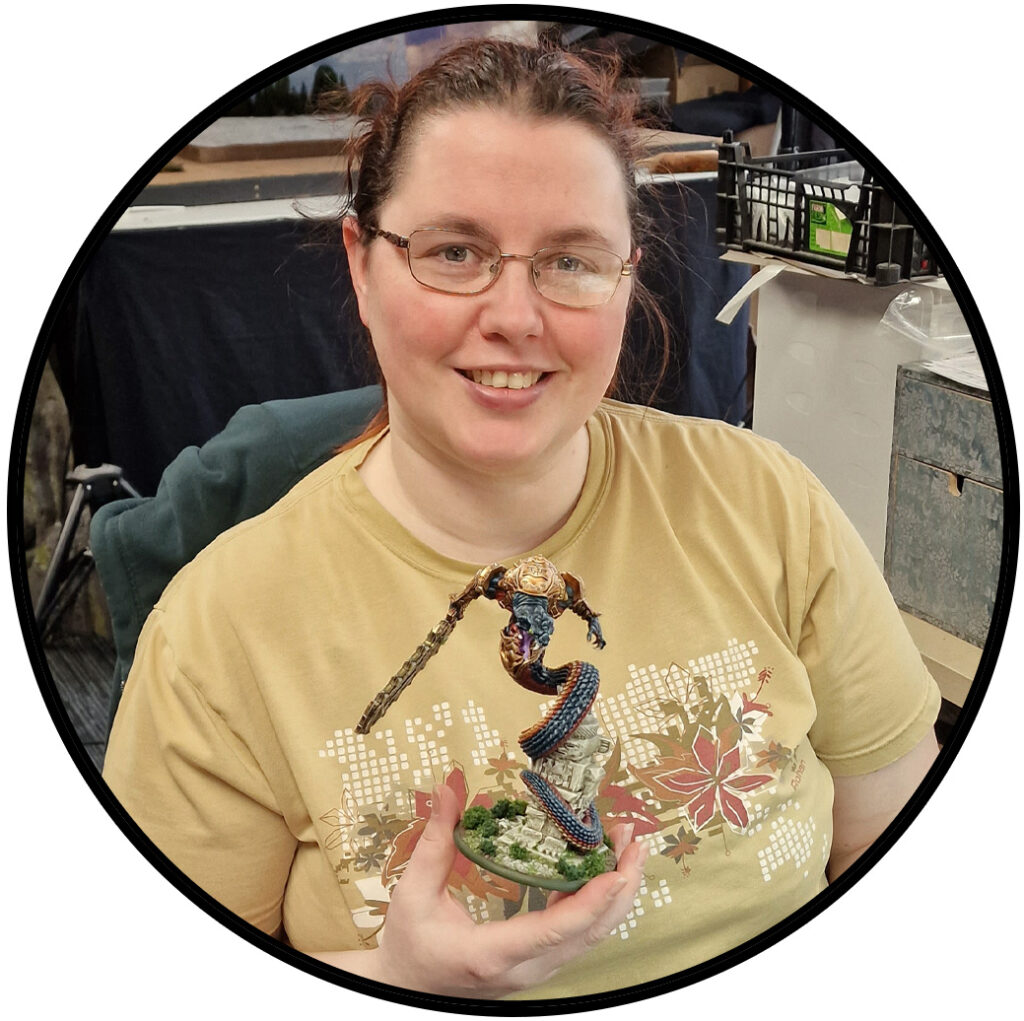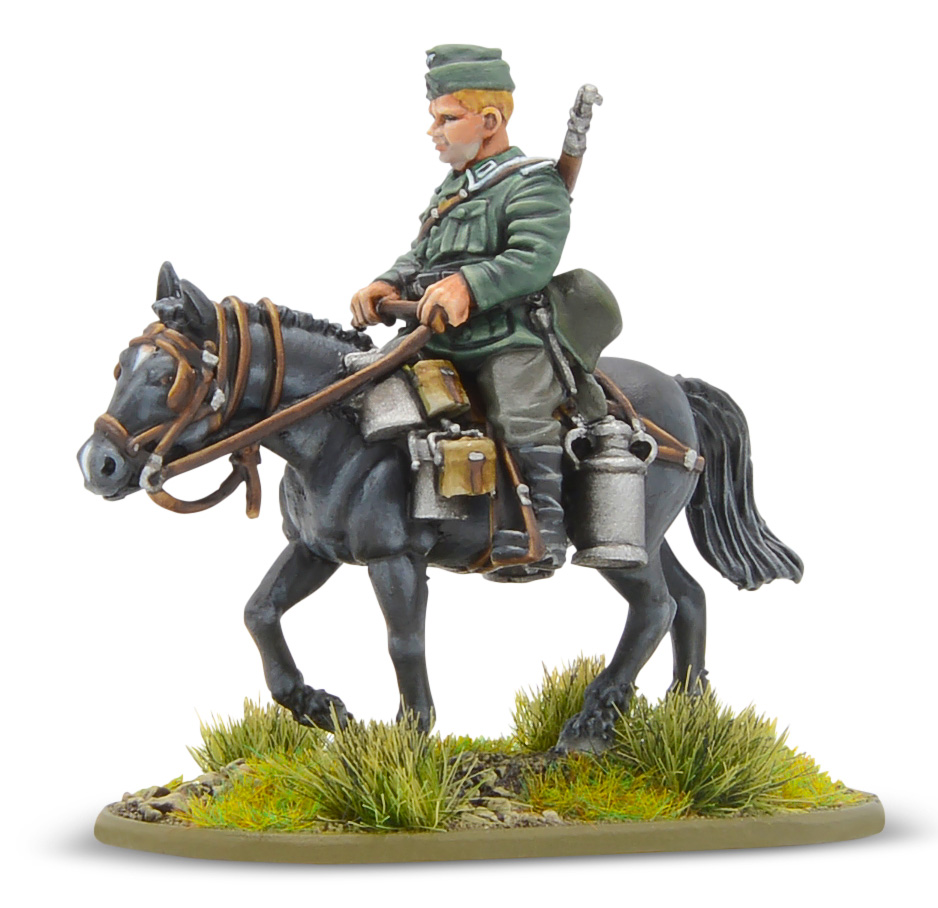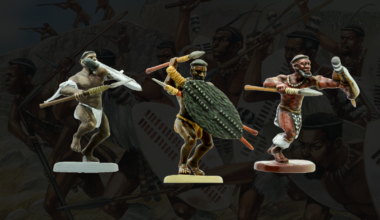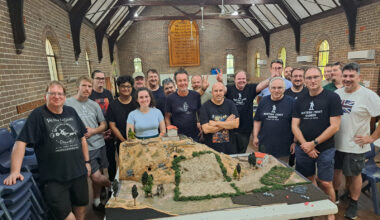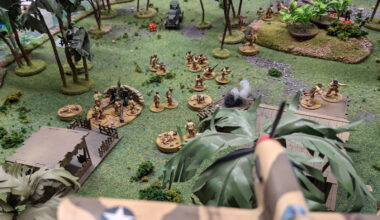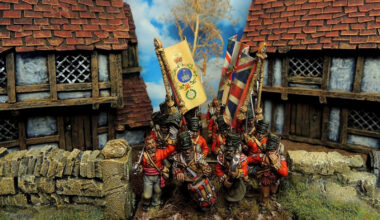Consider the horse. The very finest in quadrupedal conveyance, and a rather important component of any cavalry formation. For a few thousand years now, the noble equid has played a crucial role in warfare, allowing troops to get around the battlefield in a hurry and deliver terrifying charges capable of decimating the enemy. Naturally, this means that, as wargamers, we inevitably find ourselves including plenty of horses in our collections. This raises an age-old question – why are they so difficult to paint???
As this month’s Soldier of Fortune figure is the rather splendidly mounted Banastre Tarleton, we thought it was time to try and solve this equine riddle. Luckily, we’ve got an expert to help us, in the form of Design Studio Painter Kirsten Williams. We picked her brains on just why painting horses can be a challenge, and her top tips to make painting a lovely, lovely horse as easy and fun as possible. Time to hand over the reins to her!
It’s often said that painting horses is hard – have you found this to be true in your experience?
When I first started learning to paint horses (back when dinosaurs still roamed the land), I found them very challenging to do. I tried drybrushing, I tried washes, I tried highlighting the lines of the muscles, but no one easy method gave me the results I wanted. It took me a long time to find a method that worked for me. My ‘eureka’ moment actually came after I’d been painting professionally for over six years, when I stumbled across a combination of three different methods. Suddenly I could do my horses in half the time, and the finished product actually looked like a horse!
My first tip is – don’t despair if you find them hard, because they are hard! It’s all about finding the technique that works for you – once it ‘clicks’, you’ll be amazed how simple it gets!
So, what are the challenges with painting horses versus, for example, cloaks and capes – both of which have similar large flat areas but aren’t considered anywhere near as difficult?
The big difference is that a cloak is fabric, and so has a very different texture and consistency to hair-covered skin. It will absorb light in different ways, and flow differently. Fabric will also fold and crease, and so you can paint it using broad, straight lines to emphasise this. Even the sleekest, shiniest coat on a horse will reflect light differently to fabric. This means that the techniques you use to paint fabric (or any other flat surface) won’t yield the results you’re looking for if applied to a horse – unless of course that horse happens to be covered in fabric!
You also can’t really ‘hide’ (awful, awful pun – ed.) the large flat areas on a horse, unless you happen to be painting an army that adorns their mounts with warpaint. On most large areas of fabric, if you aren’t happy with the results you can conceal it with embroidery, patterns, a mix of colours, and the like. Horses, you can’t normally do that with.
My second tip is – understand what you’re painting! This is a universal tip for painting, but I think it goes a long way towards explaining why so many of us struggle with horses – we try to paint them like they’re made of cloth, when they’re actually made of horse!
The best thing to do is look at some real horses, ideally in person. Failing that, watch some programs that show you horses just… doing horse things. Get a basic understanding of the anatomy of a horse, and of how their muscles look and work as they walk. Look at which major muscle groups stand out and which don’t, so you don’t end up over-highlighting them all and making your horse the equivalent of a body-builder. For instance – most of the lower leg muscles aren’t very defined at all, compared to the bigger muscles further up the limbs.
What’s your basic method for painting horses?
Start off with a full basecoat of a tone just below your chosen colour. Give it a slightly watered wash to define the recesses, especially around the lines where the front and back legs meet the barrel of the body, the base of the neck and the head. Then you can start defining the actual broad areas of the horse.
When lightening the big muscle groups, you want to do large areas rather than line highlighting – gradually build to your chosen tone over the majority of it, then go a little higher on the area of the muscle that catches the light the most. In the pictures below, that is at the knee joint and where the leg meets the shoulder. You can also see how I’ve built up the colour from the basecoat. I’ve used a ‘wet blending’ technique to tie each layer to the one above and below it.
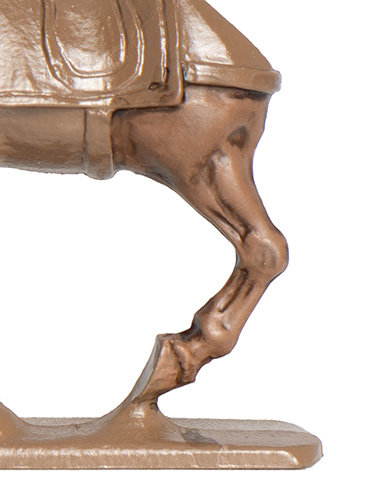
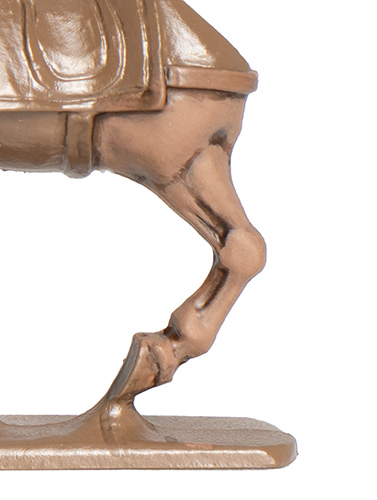
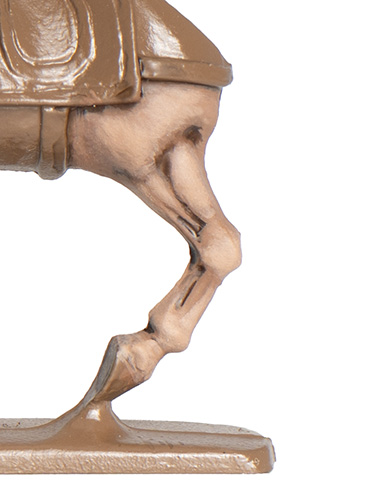
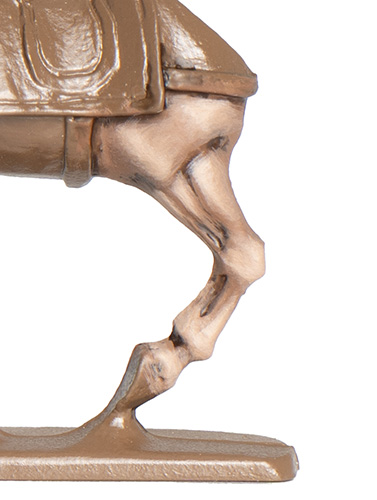
What do you do to take your horses to the next level?
When I paint horses for special characters, I elevate the horse by further defining the muscles. I raise the colour higher than it should be, finishing with a feathered line highlight that is almost ridiculously light, then knock it all back again with a very watered glaze of my initial wash. I also look at giving them things like coloured ‘socks’, facial markings, or a mealy muzzle either in pink or grey. Really it’s all about adding something to give the horse a character of its own, in addition to the person on its back.
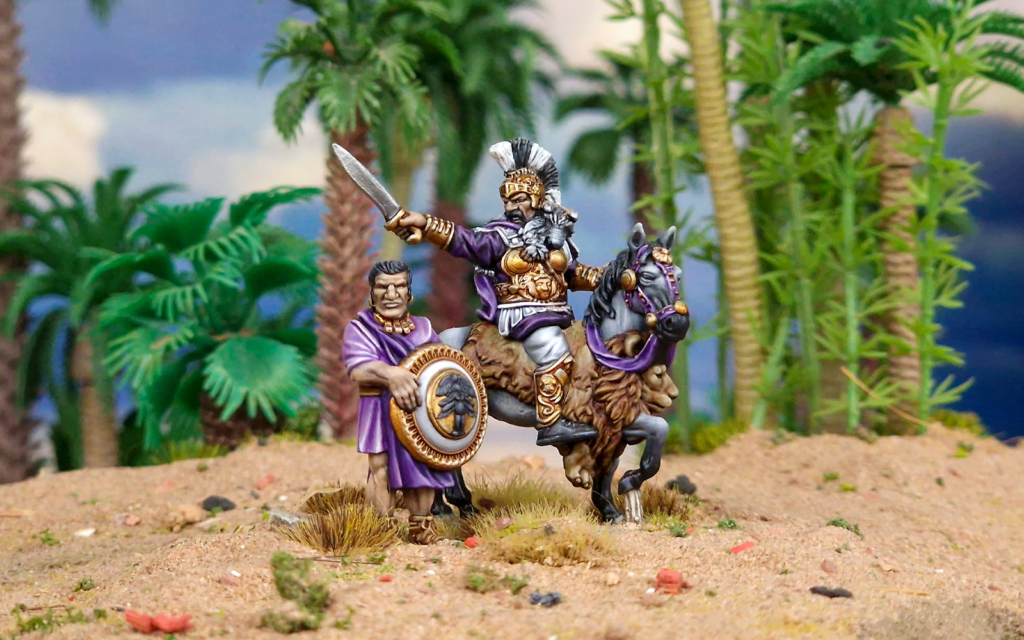
Battle is a scary place for a person to be, never mind a horse (animals known for being frightened by such things as paper bags, hedges, and their own shadows, all of which are clearly horse-eating creatures). If you want to depict a horse in a stressful situation, or one that’s been exerting itself, horse sweat forms in white smears across their neck and shoulders. Horses’ eyes tend to be fully one colour, particularly in miniature scale, and white only shows around the edges when they are scared or excited.
Do you have a preference for the colour of horse you paint?
Oddly, yes. I prefer painting light grey horses. I just find the graduation of colour easier than other tones – I don’t know why. Grey horses are also my favourite colour in real life, especially dapple-greys. By contrast, whilst I can paint brown horses until the cows come home (cows? I thought this was an article about horses? – ed.), I have trouble making ‘true’ black horses look right. Black is a hard colour to make look realistic over large organic flat areas, and can often end up looking ‘rubbery’ or dirty. Given the option, I’ll usually go for very, very dark brown instead! When painting black horses (or anything black, really), it’s useful to think in terms of shades of grey, rather than trying to paint a solid black colour.
Which do you paint first? The horse or the rider?
In virtually all cases, I paint the horse first. When painting any model, the thing I paint first is the thing that is underneath everything else! This avoids getting paint on an area you have already painted. Do the fiddly bits first, then the wider areas on top. On a cavalry model, the body of the horse will usually be underneath everything else, so you paint the horse’s skin, then its saddle blankets, then the tack. The rider (mostly their legs) will sit atop all of that, so they come afterwards!

Want to put Kirsten’s tips into action? June’s Soldier of Fortune figure, Banastre Tarleton, has a splendid horse that makes him the perfect test subject. Don’t delay, though – he’s only available until the end of the month!
